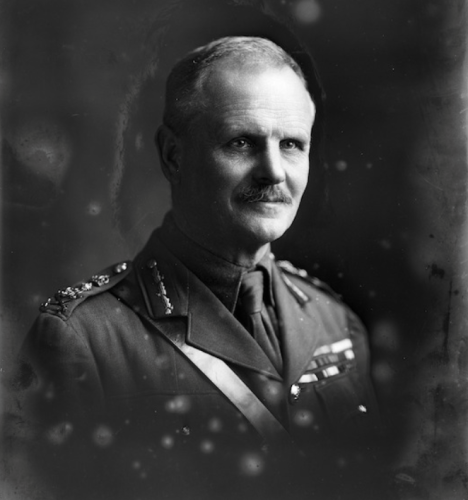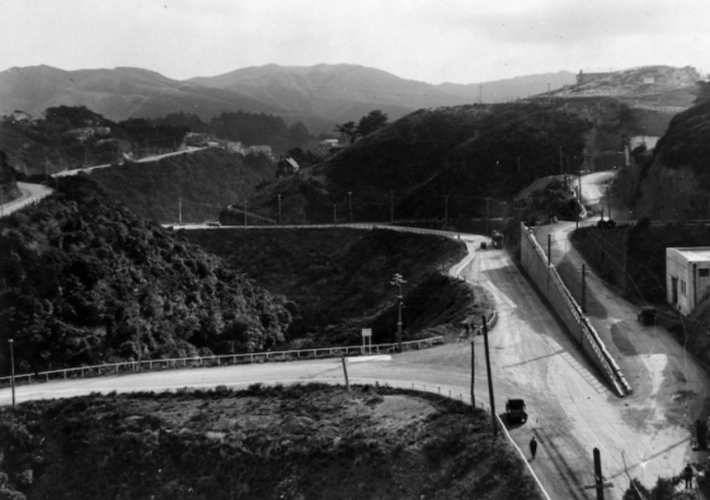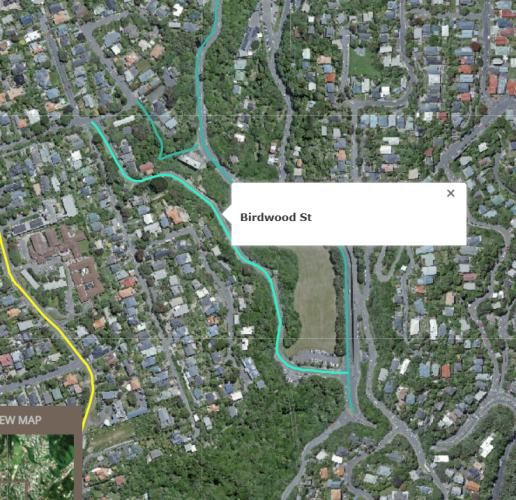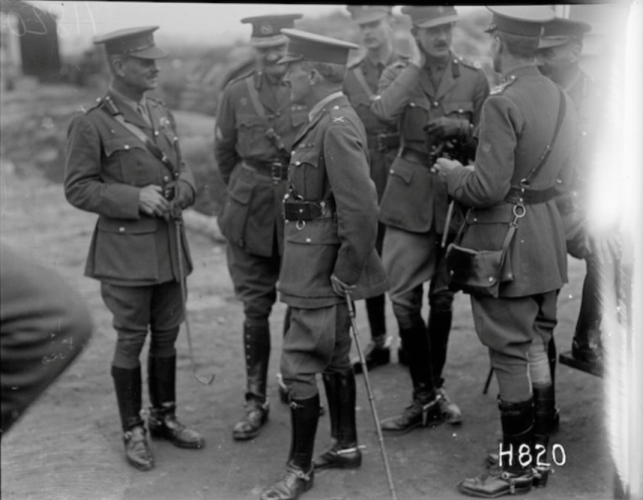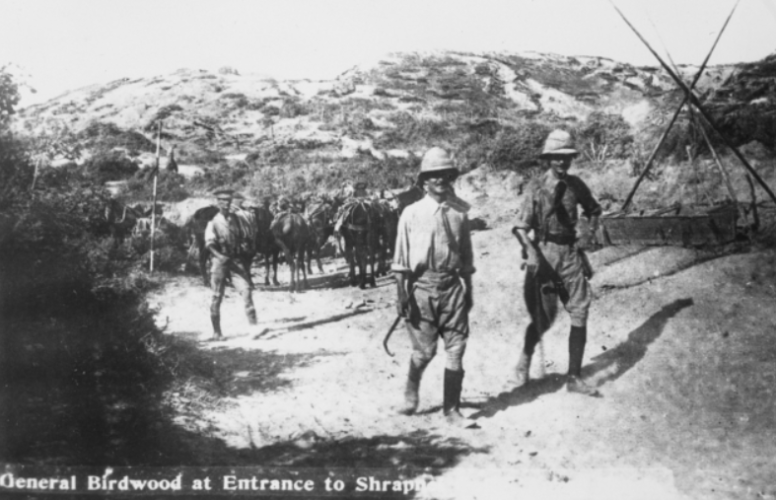General Sir William Birdwood
Reason for the name
Field Marshall, then Lieutenant General Sir William Riddell Birdwood was the Commander of the Australian and New Zealand Army Corps during the Gallipoli Campaign in 1915.
Field Marshal William Riddell Birdwood, 1st Baron Birdwood, GCB, GCSI, GCMG, GCVO, CIE, DSO (13 September 1865 – 17 May 1951) was a British Army officer.
He saw active service in the Second Boer War on the staff of Lord Kitchener. He saw action again in the First World War as Commander of the Australian and New Zealand Army Corps during the Gallipoli Campaign in 1915, leading the landings on the peninsula and then the evacuation later in the year, before becoming commander-in-chief of the Fifth Army on the Western Front during the closing stages of the war. He went on to be general officer commanding the Northern Army in India in 1920 and Commander-in-Chief, India, in 1925.
Gallipoli
In November 1914 Birdwood was instructed by Field Marshal Kitchener, then the Secretary of State for War, to form an army corps from the Australian and New Zealand troops that were training in Egypt. He was promoted to temporary lieutenant-general on 12 December 1914 and given command of the Australian and New Zealand Army Corps. Kitchener instructed General Sir Ian Hamilton, Commander of the Mediterranean Expeditionary Force, to carry out an operation to capture the Gallipoli peninsula and placed Birdwood's ANZAC Corps under Hamilton's command. Hamilton ordered Birdwood to carry out a landing on 25 April 1915 north of Kabatepe at a site now known as ANZAC Cove. The ANZAC Corps encountered high ridges, narrow gullies, dense scrub and strong Turkish resistance and became pinned down. Major-General William Bridges and Major-General Alexander Godley, the divisional commanders, were both of the view that the Allied forces, dealing with stiffer-than-expected resistance, should be evacuated ahead of an expected attack by Turkish forces. Nevertheless, Hamilton ordered them to hold fast.
Birdwood took effective command of the Australian Imperial Force, i.e., all Australian Forces in May 1915 while still commanding Allied troops on the ground at Gallipoli. He launched a major attack on the Turks in August 1915 (the Battle of Sari Bair) but still failed to dislodge them from the peninsula. Notwithstanding this, he was the only corps commander opposed to abandoning Gallipoli. He was promoted to the permanent rank of lieutenant-general on 28 October 1915 and given command of the newly formed Dardanelles Army: the one outstanding success of the campaign was the evacuation led by Birdwood, which took place in December 1915 and January 1916, when the entire force was withdrawn before any Turkish reaction.
Western Front
In February 1916 the Australian and New Zealand contingents, back in Egypt, underwent re-organisation to incorporate the new units and reinforcements that had accumulated during 1915: the Australian and New Zealand Army Corps was replaced by two corps, I ANZAC Corps and II ANZAC Corps, and Birdwood reverted to the command of II ANZAC Corps. When I ANZAC Corps became the first to depart for France, Birdwood, as senior corps commander, took over command. During early 1916 Birdwood advocated for the formation of an Australian and New Zealand Army or a Dominion Army also including Canadian forces under his command, but this did not occur.
Authors:
WCC
Poppy Places


